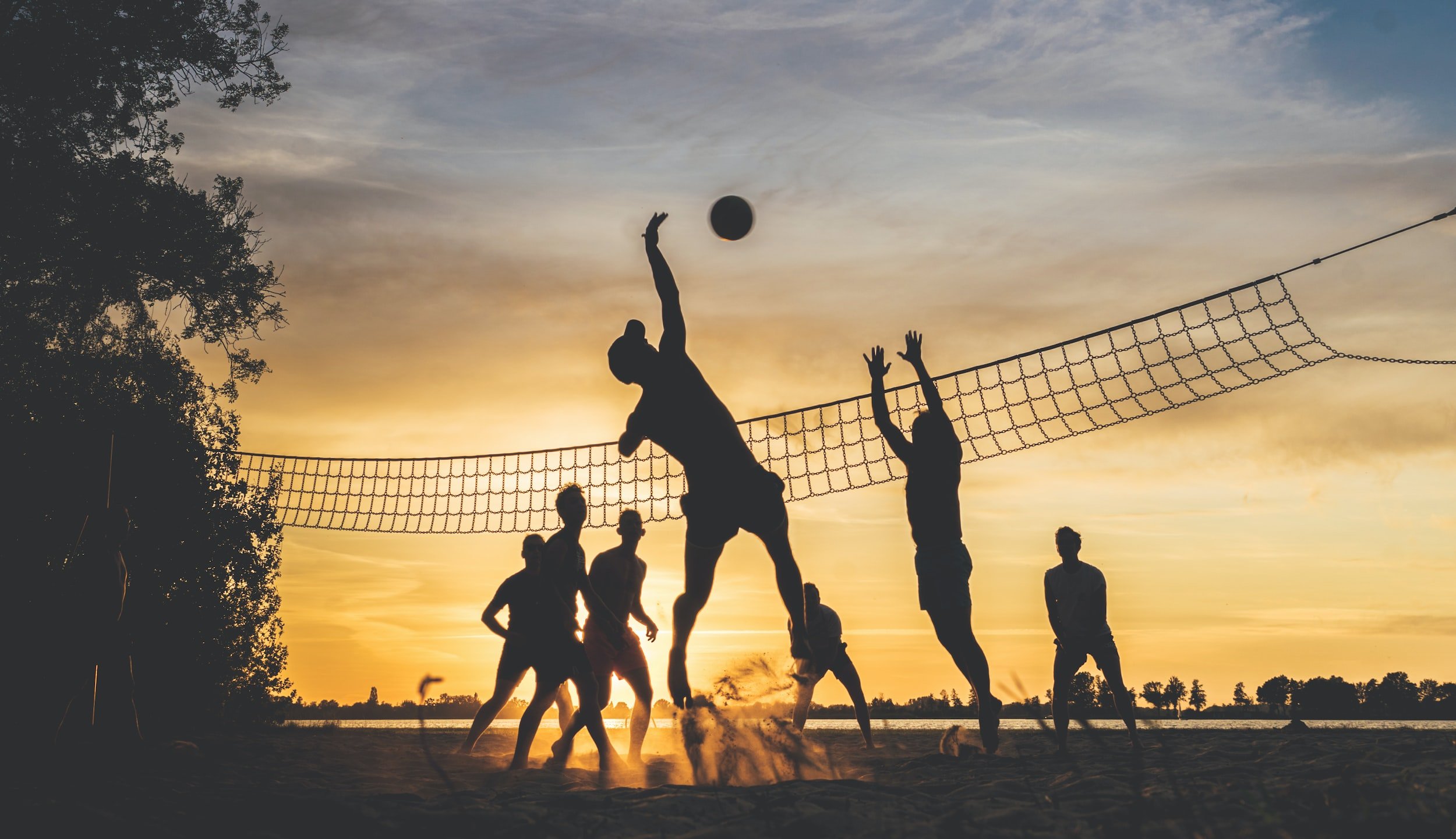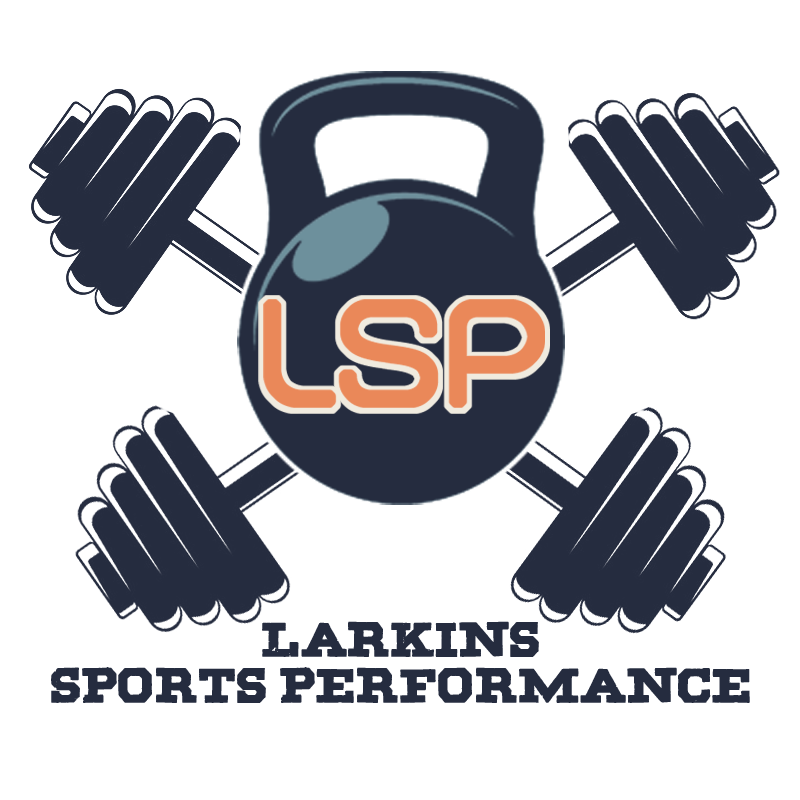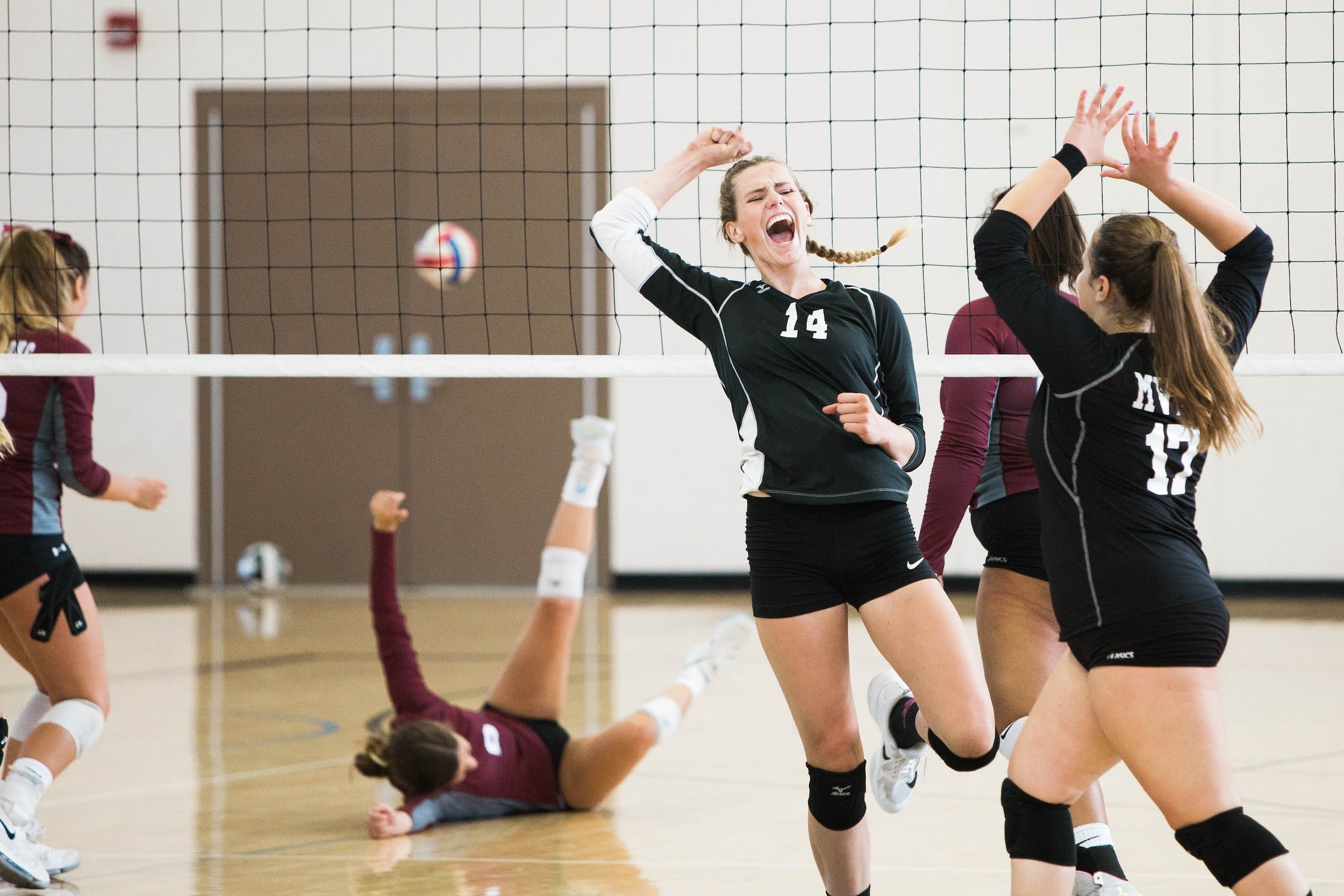Men & Women Volleyball Sports Performance
Whether you are just starting your volleyball journey or are well on your way, Larkins Sports Performance has the facility, staff and programming to:
Increase lateral quickness & speed
Increase vertical jump and power endurance
Assess injury risk, create injury prevention protocols rather it’s stretching, improving strength, endurance, mobility or all of the above.
Schedule an injury & performance assessment today, and let us build a development program customized to your goals & needs!
Over view of our Volleyball development program:
1. Sport-Specific Demands: Volleyball requires explosive jumping, quick changes of direction, and upper body strength for serving, spiking, and blocking. Therefore, the strength training program should focus on developing power, agility, and upper body strength.
2. Age and Developmental Stage: Youth volleyball players are still growing and developing, so it's important to avoid excessive loading and high-impact exercises that can damage growth plates or cause injury. The program should be designed to improve neuromuscular control, build strength, and improve coordination.
3. Injury History: If the athlete has a history of injury, especially in the lower body or shoulders, the strength training program should be designed to address any weaknesses, imbalances, or limitations.
4. Strength and Fitness Level: The strength training program should be tailored to the athlete's strength and fitness level. It's important to start with low volume and intensity and gradually increase over time to avoid injury and burnout.
5. Training Environment and Equipment: Depending on the training environment and available equipment, the strength training program may need to be adjusted. For example, if the athlete only has access to bodyweight exercises or limited equipment, the program should be designed accordingly.
6. Schedule: The strength training program should be designed to fit into the athlete's overall training schedule. In-season strength training should focus on maintenance rather than building new strength, while off-season strength training can focus on building strength and power.




